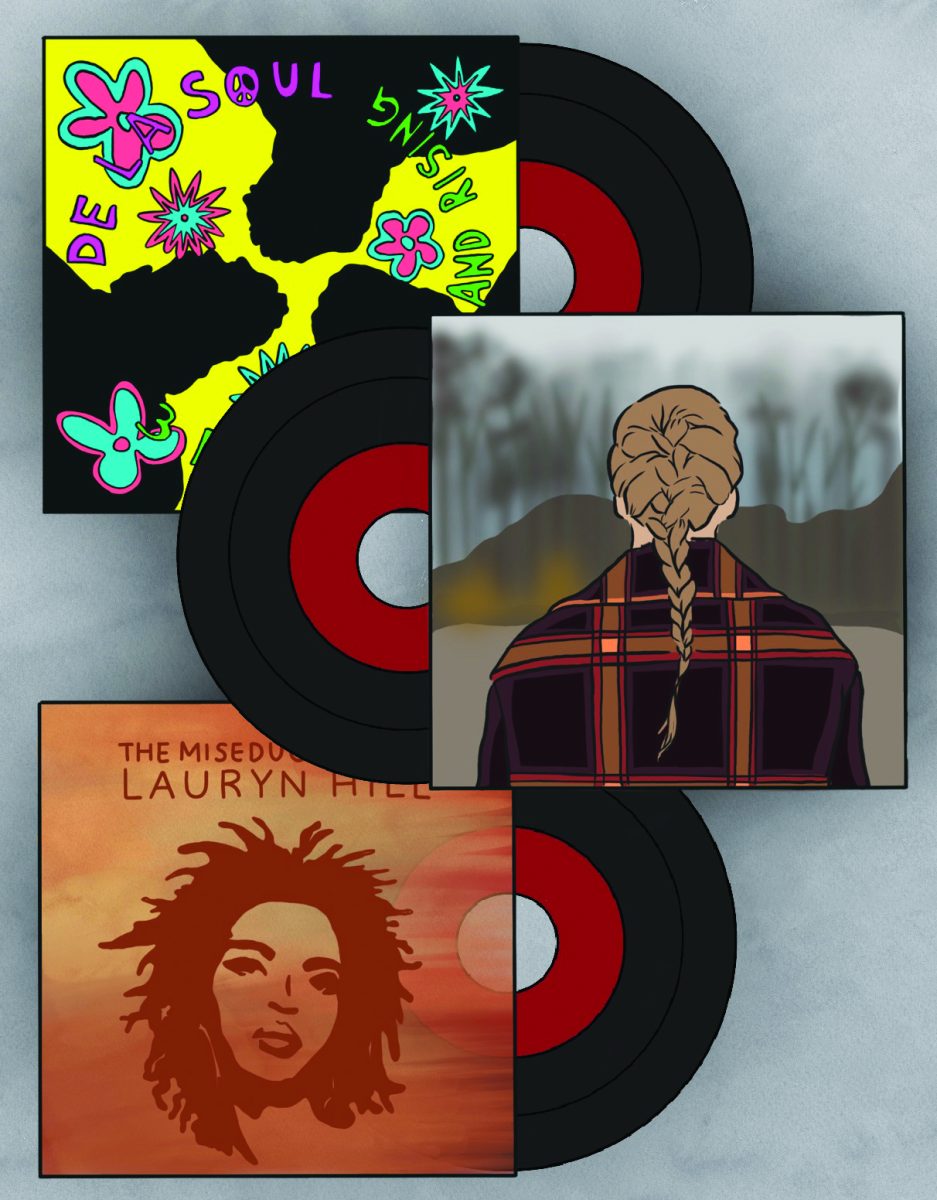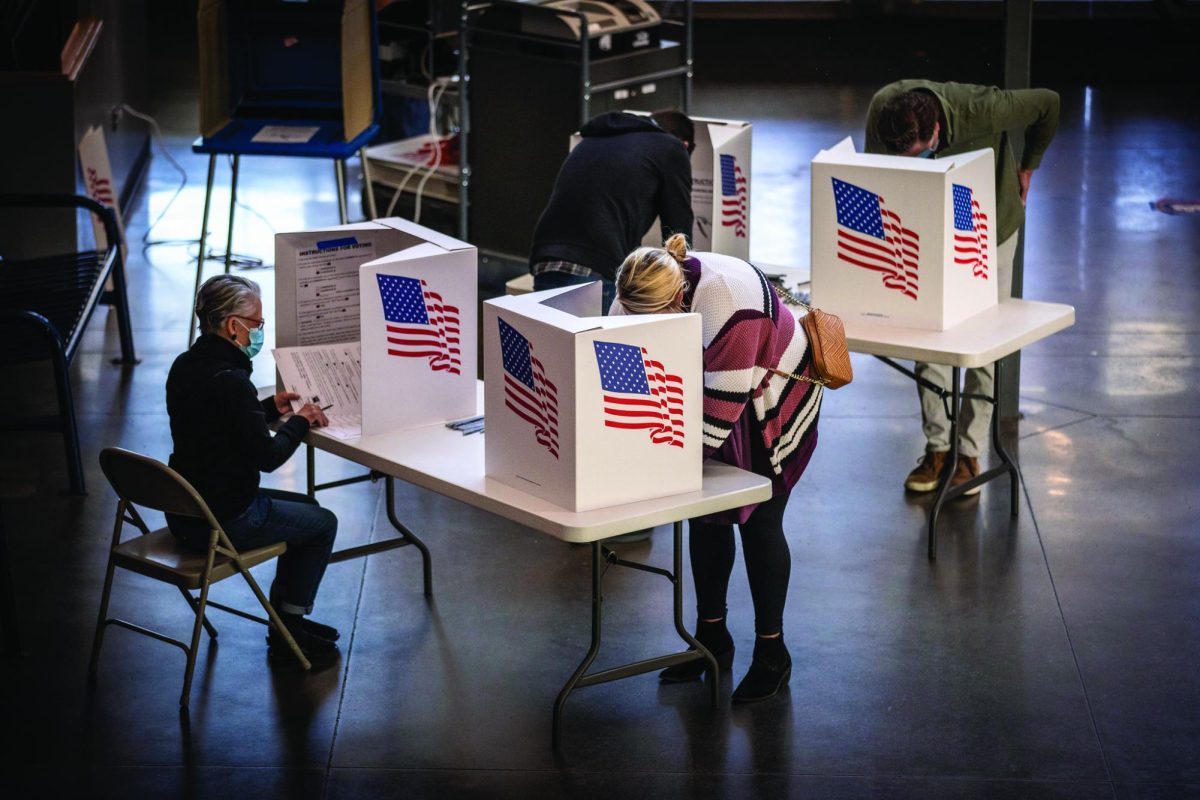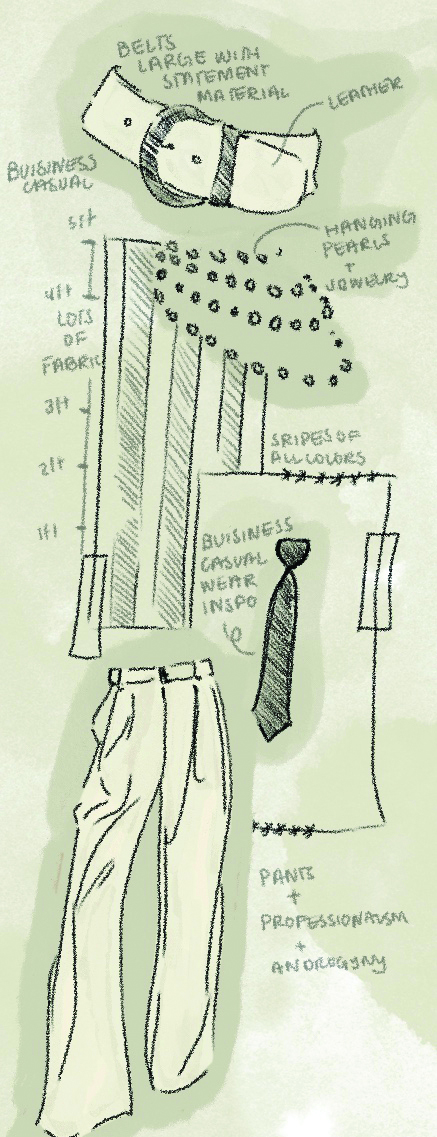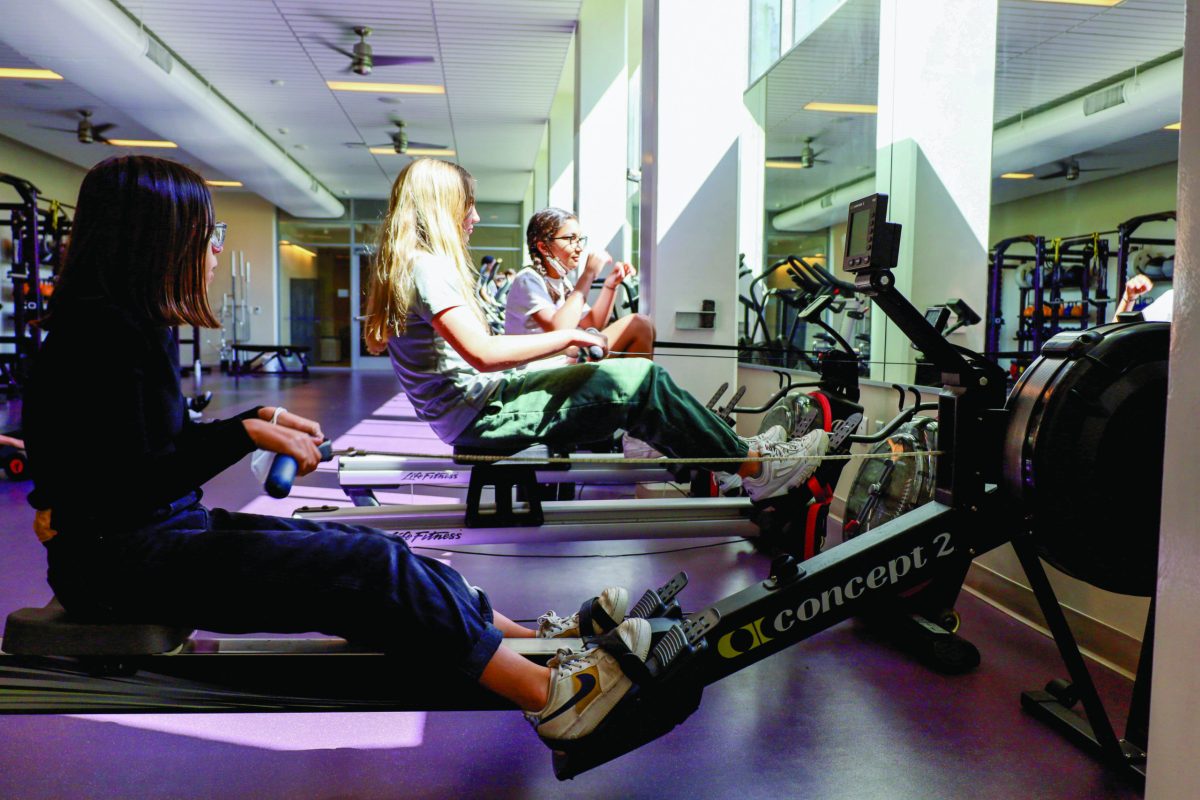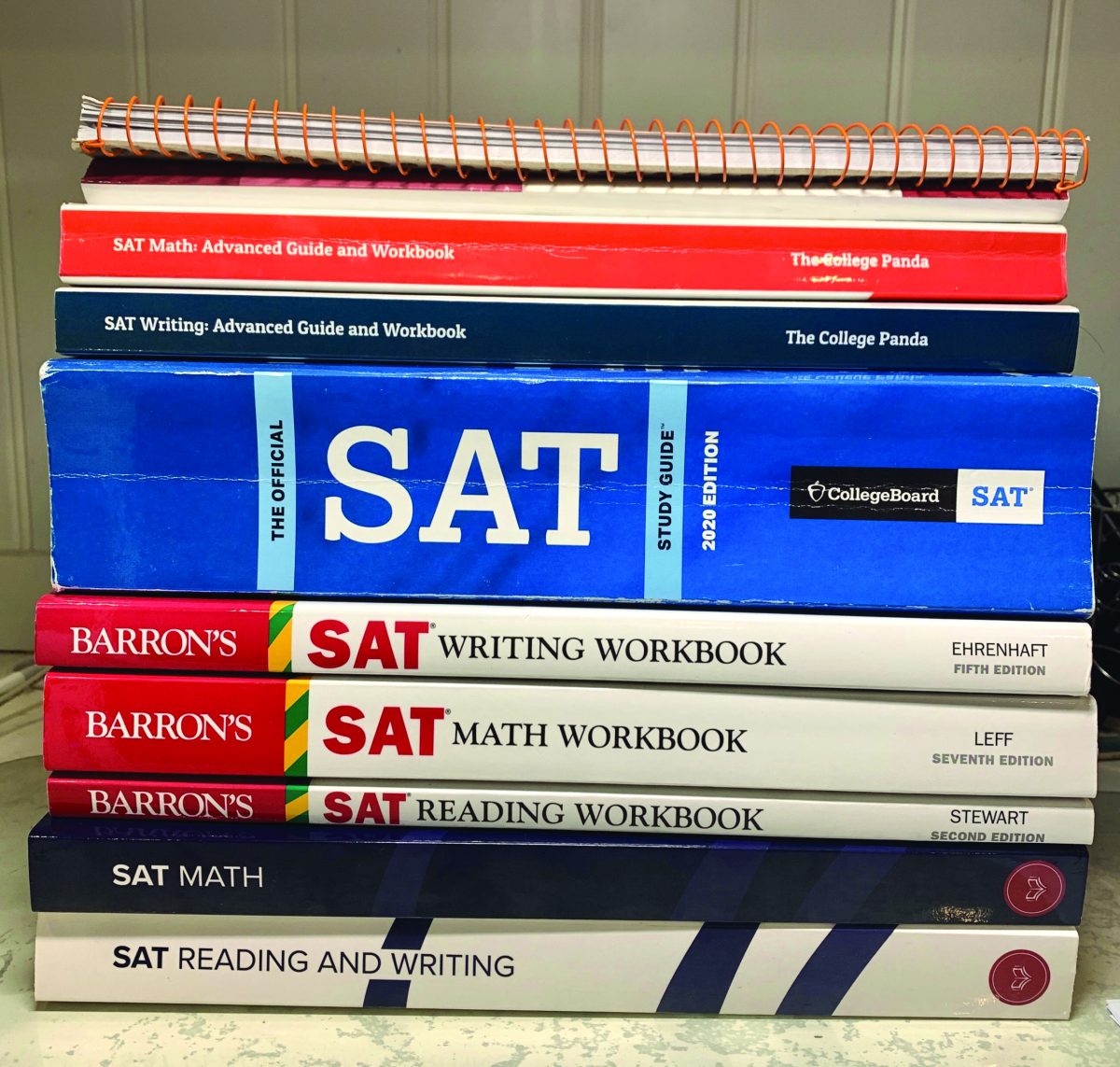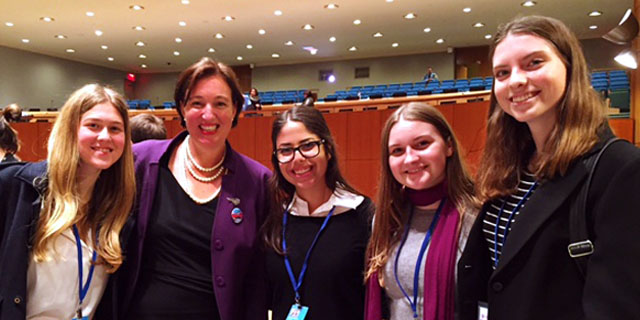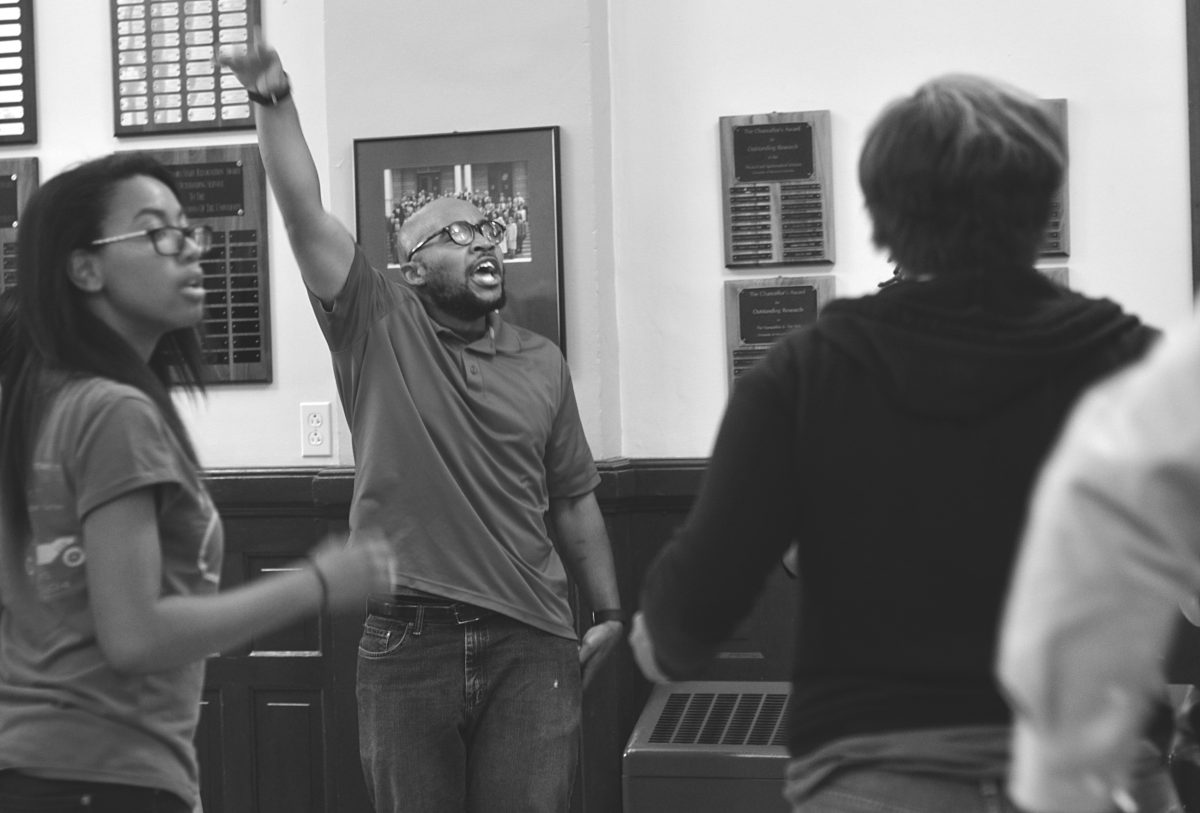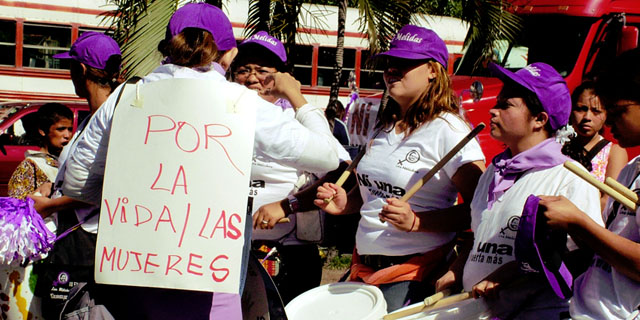
Over the past year, the rates of violence in El Salvador toward women, including gang rape, abduction and murder have increased dramatically. This past August alone, the murder rate in San Salvador, the capital of El Salvador, reached 30 deaths per day, according to the The National Forensics Institute. To provide Marlborough students with a deeper understanding of the many aspects of this issue, Spanish IV classes at Marlborough now devote a large amount of the year to discussing gang violence as a part of the curriculum.
Emily Kolsky ‘16, a current student in the Spanish IV course, explained her class is beginning to discuss the gang brutality in El Salvador.
“We have just started to discuss the gang violence in El Salvador and I am already realizing how important this matter is to discuss. The death and violence rates are shocking. It’s really important to look at gangs from many different angles, which this class is beginning to allow me to do,” Kolsky said.
The two most prominent rival gangs, Mara Salvatrucha and 18th Street, account for the majority of the rape, abuse, abduction and murder cases of girls and women. These gangs were originally formed in the United States, but deported gang members reformed the gangs in El Salvador. Although statistics from the National Forensic Institute show a high amount of violence against women and girls living in El Salvador, the statistics still fail to portray its true extent, according to the New York Post.
According to the World Health Organization, only 20 percent of rapes are reported. However, this percentage is likely lower in El Salvador because many of the women who grow up around rape and violence do not realize that it is a crime. In addition, many girls and women opt not to report incidences in fear of further jeopardizing their safety, according to the New York Post . Abductions and murders are also scarcely reported.
Because of the low number of reports for violence against women, minimal actions are being taken to solve this issue, and awareness about this violence in El Salvador is nominal according to the New York Post.
Annie Gersh ’16, expressed distaste upon hearing about the gang violence in El Salvador.
“I think it’s really horrible, and it’s crazy how much power the gangs have. The fact that they are controlling the police force and even the government because they have so much wealth and power in the countries… It’s just really unfortunate,” Gersh said.
Gersh also explained how this recent amplification of gang violence is related to immigration reform in the United States. Gersh expressed that the immediate deportation of gang members from the United States is partially at fault for the gang violence in El Salvador. “[The gang violence in El Salvador] shows how just deporting people from our country can have consequences in other places,” Gersh said.
In Spanish IV classes at Marlborough, a large portion of the course during Quarter Two focuses on the study of gangs. Head of Student Affairs and Spanish instructor, Regina Rosi explained that she has always been interested in how gangs form and how the political and humanity aspects of gangs are sometimes overlooked.
“Part of the problem is because when we deport people who have committed crimes in the United States, and then they get sent back to these countries where there are very few economic opportunities and very few job opportunities. They then bring the crime back with them. Many people who are deported left El Salvador [for example] when they were two years old, and so they have no family or link to the culture there so the only thing that grounds them is this gang,” Rosi said.
Rosi explained that she thought incorporating gang education into the curriculum of Spanish IV classes would help students to have more understanding for individuals who join gangs.
“I also think that being here in Los Angeles, we all see graffiti and tags around the city, and we hear about gang-related violence, often times very close to where Marlborough is located and to where we live, but yet it is something we know so little about and there is a lot of fear wrapped around gangs. And so I found that when we were studying it in class, we were able to unwrap a lot of these myths…Here it’s so hard for us to understand why someone would want to [join a gang] because we come from such different circumstances” Rosi said.
Rosi also explained that this topic ties into the discussion of immigration reform, drug wars, and femicides (violence against women), which are topics covered during the other three quarters of the school year in Spanish IV classes.
Mary Abzug ‘’16 took Rosi’s Spanish class last year and explained that class’s focus on gang education impacted her greatly.
“Learning about what causes many to join gangs really opened my eyes and helped me see that people who join gangs are just people who usually are presented with bad circumstances and sometimes don’t have many other options,” Abzug said.

